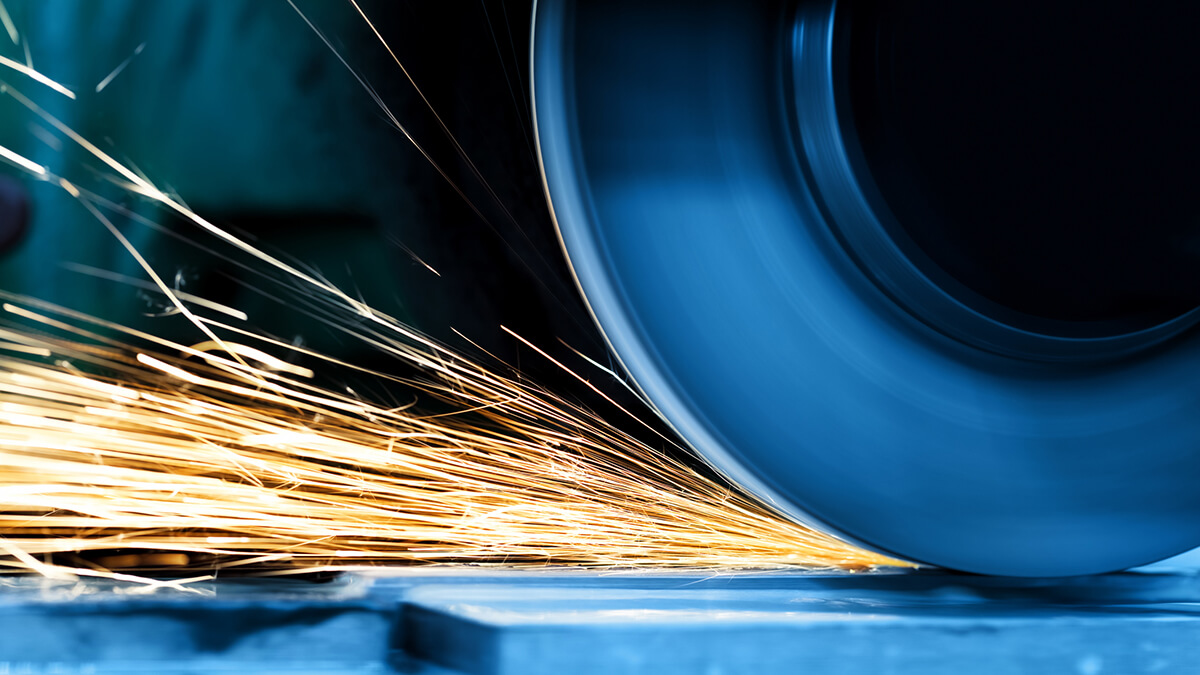The evolution of precision grinding machines has been nothing short of revolutionary. With the integration of cutting-edge technologies, the sector has witnessed remarkable advancements, including the incorporation of Artificial Intelligence (AI), automation, and Industry 4.0. The latest innovations in grinding machine technology include the seamless integration of AI and automation, advanced control systems, as well as the profound impact of Industry 4.0 on grinding processes, driving higher efficiency, precision, and adaptability.
Latest Advancements in Grinding Machine Technology
Cutting-edge technologies in the precision grinding industry, such as abrasive machining, high-speed grinding, and advanced tooling, have paved the way for enhanced productivity and superior surface finishes. The use of advanced materials and coatings in grinding wheels has further elevated the performance of these machines, allowing for more intricate and precise operations.
One of the key areas of advancement is in the control systems employed in modern grinding machines. The evolution of control systems using Computer Numerical Control (CNC) has been instrumental in enhancing the precision and efficiency of grinding processes.
Advanced Control Systems in Modern Grinding Machines
Control systems have evolved from manual operation to CNC, where precision is dictated by digital commands. Modern CNC systems offer multi-axis capabilities, enabling complex grinding operations with high accuracy, significantly improving repeatability and precision in grinding operations. CNC enables manufacturers to achieve intricate geometries and tight tolerances with unparalleled consistency.
AI-powered control systems take this a step further, incorporating machine learning algorithms for predictive maintenance and optimization. These systems continuously learn and adapt, ensuring optimal performance and preventing unexpected downtime.
Integration of AI and Automation in Precision Grinding
Artificial Intelligence and automation have become integral components of modern precision grinding machines. AI algorithms can analyze vast datasets in real-time, allowing the grinding machine to adapt and optimize its processes dynamically. Predictive maintenance, a key application of AI, helps prevent equipment failures by anticipating issues before they occur. This proactive approach minimizes downtime and ensures optimal machine performance.
The fusion of AI and automation can streamline the grinding process, minimize errors, and optimize parameters, ensuring that grinding machines operate at peak performance and provide consistent, high-quality results while adapting to varying workpiece specifications.
Benefits of Real-Time Monitoring and Adjustments
Real-time monitoring in modern grinding machines uses advanced sensors and monitoring systems to capture data on variables such as temperature, vibration, and tool wear, allowing operators to monitor the health of the machine. This data is then processed by AI algorithms, enabling the system to make instantaneous adjustments.
This proactive approach not only prevents costly breakdowns but also contributes to increased productivity, reduced waste, and enhanced product quality. Robots equipped with advanced vision systems enhance efficiency and ensure a safer working environment by delegating repetitive and hazardous tasks to machines.
The Impact of Industry 4.0 on Grinding Processes
Industry 4.0 facilitates the creation of smart factories, where grinding machines communicate with other manufacturing components, contributing to a holistic and interconnected production environment. As control systems continue to evolve, driven by CNC advancements and the infusion of AI and machine learning, precision grinding machines are becoming more intelligent, adaptive, and efficient. Embracing these innovations ensures that manufacturers stay at the forefront of the industry, delivering superior quality products in an increasingly competitive global market.









.jpg)
.jpg)
.jpg)


.jpg)